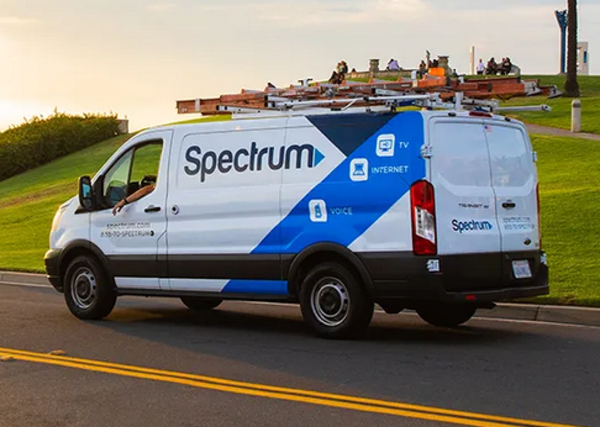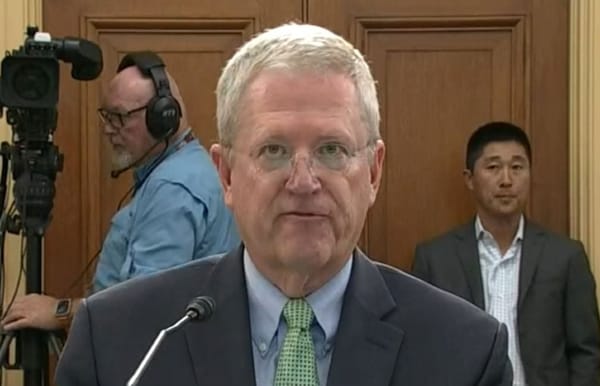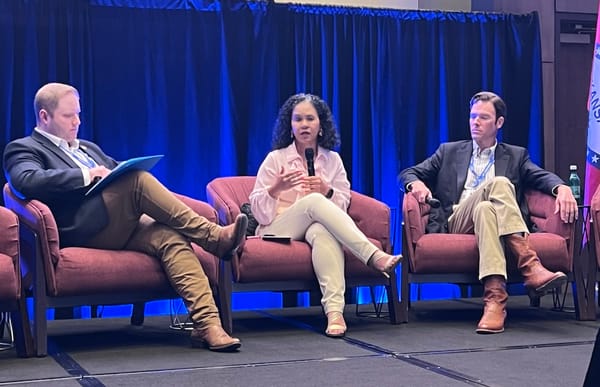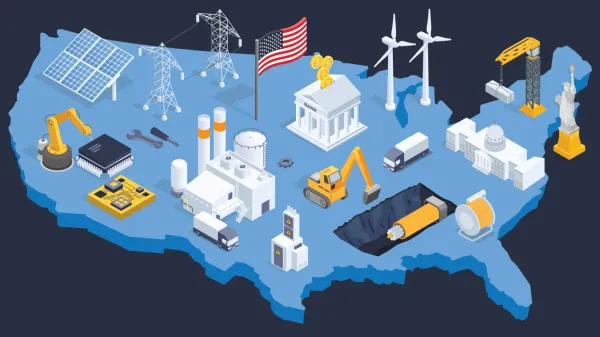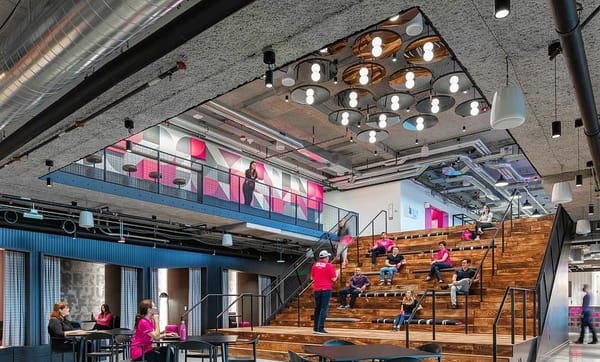The Societal Benefits of Having a Robust Middle-Mile Network
400G middle-mile deployments are at the heart of enabling better broadband
Broadband Breakfast

Digital inclusion programs are being driven by countries across the globe. In the United States, well over 100 billion dollars of government investment is being leveraged to help millions of hard-to-reach households connect to the internet at “broadband” or greater (defined by the FCC as 100Mbps downstream and 20Mbps upstream) speeds.
When these funded broadband deployments are completed over the next five years, many currently unserved or underserved homes will have the option to connect to the internet at gigabit speeds. As of 2023, 50% of all U.S. homes and businesses have already been provided access to fiber broadband infrastructure that is capable of gigabit connection speeds.
Similarly, the European Commission in 2018 developed its own broadband initiative, Gigabit Society. Its goal is to ensure all households, business and public institutions in Europe have access to at least 100Mb/s internet connections by year-end 2025. In February 2024, Gigabit Society developed the Gigabit Recommendation, to improve the regulatory conditions to promote connectivity and even higher internet speeds.
As we build out broadband networks to allow more of our homes, businesses, and public institutions to connect to the internet at gigabit speeds, we would be wise to consider the next network bottleneck. As the market works toward upgrading the access network capability to support higher-speed internet connections, it becomes even more critical that the entire path from edge to core be able to support the increased bandwidth enabled by these advanced broadband technologies, spurred on by government initiatives and hyper-connected homes.
What are the societal benefits that come from having a robust middle-mile network?
We have a societal goal of providing digital inclusion, digital equality. Our collective objective is to enable our communities to reach their full potential by maximizing social and economic opportunities. And to meet these objectives means transforming the middle mile network.
The middle-mile network aggregates the access or last-mile network(s) to the internet. The middle mile network is also referred to as the “broadband transport” or the “broadband backhaul” network. Like the main thoroughfares and boulevards in a city, it ties our neighborhoods to the outside world. And just as city planners work to ensure main thoroughfares do not fall into disrepair, network operators know to keep a keen eye on their middle mile networks as they build out the capabilities of their access networks in their effort to deliver digital equality.
When service providers leverage modern middle mile networks to connect their new broadband networks to the internet, they benefit their communities in several ways:
• Improved connectivity to community anchor institutions, leading to greater levels of digital inclusion and community enablement, e.g. creating gigabit connected schools and libraries.
• Increased return on investment of community broadband or electrical grid modernization projects by removing network bottlenecks.
• Reduced broadband tariffs affording greater levels of competition and reach by reducing scarcity and providing choice, e.g. eliminating middle-mile monopolies.
• Optimized data transfer and service availability afforded by middle-mile network redundancy, e.g. delivering reliable services to more people.
• Greater connectivity to edge data centers, improving customer experience (CX) and lowering storage costs, e.g. supporting better streaming and gaming.
• Expanded connectivity to 5G sites, improving mobile service availability and quality.
There are many community benefits directly and indirectly attached to having a robust middle mile network. Grouped together, these benefits change lives. Knowing this, incumbent rural telephone companies, rural electrical membership co-operatives, regional utilities companies and municipalities will strive to deliver what is needed to fully enable the communities they serve.
At the heart of this betterment will be the deployment of the latest 400G capable middle-mile solutions that support the requisite service scalability, affordability, availability, and quality needed to support their digital inclusion.
Kurt Raaflaub is the director of solution marketing at Infinera, a telecommunications manufacturing company based in California.
Broadband Breakfast accepts commentary from informed observers of the broadband scene. Please send pieces to commentary@breakfast.media. The views expressed in Expert Opinion pieces do not necessarily reflect the views of Broadband Breakfast and Breakfast Media LLC.


